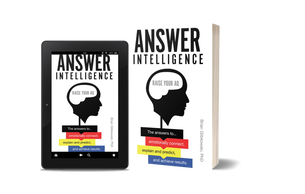|
categories: Disc AQ I interviewed Dr. Tony Alessandra, founder of Assessments 24x7, to discuss the intersection of DISC and Answer Intelligence (AQ)™. The following are some basics regarding DISC, AQ, and DISC AQ (using DISC + AQ at the same time). DISC is a framework for understanding your behaviors and those of others. AQ is the ability to provide elevated answers to important questions. Taken together, DISC AQ supports meaningful conversations about your identity and the identity of others to encourage productive and deep relationships at work. DISC AQ is the ability to effectively communicate your behavior style. DISC
DISC AQ
anchor: Tony
Interview with Dr. Alesandra During my interview with Dr. Alesandra, I asked him some basic questions about his DISC profile. I knew Dominance was his primary behavioral style. For example, I asked him, "What is dominance?" In AQ terms, as a concept-answer he was able to define dominance and discuss key aspects of dominance, including that he is very direct. I then suggested a metaphor for being direct. I said, "you prefer to go from point A to point B." He said, "That is close. I prefer to go directly from point A to Z." This metaphor is very helpful for anyone that is working with Dr. Alessandra. It is important to communicate your DISC style in terms of six answers (story, metaphor, theory, concept, procedure, action) to make sense of yourself and to help others effectively work with you. What is Dominance? Concept
Metaphor
Concept
Metaphor
Understand & Communicate Who You Are. Learn more about the DISC AQ assessment for Individuals, Organizations, or Professional Service Firms.
0 Comments
|
|
WHAT is your service?
It was important to distinguish two key concepts: project management vs. project leadership. The competition was focused upon project management which involves doing "what you are asked to do." Project leadership is being able to adapt to changes and bring expertise to achieve the best possible results. |
Metaphor
|
WHAT is your service?
To distinguish themselves from their competitors two metaphors were used. First, the competitors were described as a railroad, good at making sure the trains run on time. Trains are fine if you know the stations in between and the final destination. But building a multimillion dollar resort is not straightforward and changes occur. Instead, Jason's clients navigate the stormy sea. A story sea requires dynamic changes. This requires leadership. There will be unforeseen rocks and storms, you need a captain to navigate the seas. These two metaphors contrasted project management (the railroad) vs. project leadership (the story sea). |
WHY should we buy from you?
Theory
Story
Theory
|
WHY should we buy from you?
The theory is: Project Leadership → Maximization of Lifetime Value For example, if $150 million dollars is put in and the investors are not just interested in the value of a project at the end. But the yield throughout the lifetime of the investment is important. Project leadership, not project management, is required to maximize lifetime value. |
Story
|
WHY should we buy from you?
The selling organization had many case studies. The key was to identify those case studies that most closely aligned with maximizing lifetime value by showcasing project leadership. A half-dozen case studies were pulled out for relevance in different ways (similiar geography, similiar kind of resort, etc). Having the six examples gave the engineers the initial confidence going into the meeting they would have stories on point. |
HOW do we work with you?
Procedure
Action
Procedure
Action
|
HOW do we work with you?
The engineers communicated to the board key actions that differentiated them in the marketplace as project leaders. For example:
|
On the PreSales Podcast, James Kaikis and Dr. Brian Glibkowski connect on the topic "Answer Intelligence". Dr. Glibkowski, Author of Raise your AQ, talks about how questions and answers are both important to PreSales. While we typically focus on questions, or objections, ANSWERS are just as important.
To note, James is a co-author of the Sales AQ Chapter in Raise your AQ.
Listen as the casters speak with Dr. Brian Glibkowski as he shares about his passion for the role of questions and answer in business and society.
Brian’s “binder on the wall” moment led to research that resulted in his new book Answer Intelligence: Raise Your AQ—which is nominated for a 2022 PROSE award which celebrates landmark works in professional and scholarly publishing.
We discuss the six w/h questions (why, what when, where, who, how) and the appropriate answers for each question.
In this episode, we are talking about:
What is more important - asking the right question or answering appropriately?
Origin of AQ (Answer Intelligence) framework.
The six high AQ practices.
Problems with overdoing only one aspect and how to avoid them?
More resources to learn about AQ and practice.Dr. Brian Glibkowski is passionate about the role of questions and answers in business and society. Brian is an internationally recognized scholar. He is a recipient of the Emerald Citation of Excellence Award. His academic article was selected as one of the top 50 globally from 15,000 management articles in 300 peer-reviewed publications worldwide. His research on the six WH-questions (what, why when, where, who, how) as the Association of Human Resource Development recognized a common framework for communication and decision-making as one of ten articles that will shape the 21st century.
What is more important - asking the right question or answering appropriately?
Origin of AQ (Answer Intelligence) framework.
The six high AQ practices.
Problems with overdoing only one aspect and how to avoid them?
More resources to learn about AQ and practice.Dr. Brian Glibkowski is passionate about the role of questions and answers in business and society. Brian is an internationally recognized scholar. He is a recipient of the Emerald Citation of Excellence Award. His academic article was selected as one of the top 50 globally from 15,000 management articles in 300 peer-reviewed publications worldwide. His research on the six WH-questions (what, why when, where, who, how) as the Association of Human Resource Development recognized a common framework for communication and decision-making as one of ten articles that will shape the 21st century.
In this episode, Emerald Podcast Series with author Dr. Brian Glibkowski talked about his book, Answer Intelligence: Raise your AQ and the AQ framework.
Sales leaders are equipped with scripts, guides, playbooks and are trained to ask penetrating discovery questions. How often are these same professionals taught and coached on how to provide appropriate answers; answers that build rapport, trust, and ultimately generate a higher percentage of wins?
Dr. Brian Glibkowski joins the program to share from his research and training on how leaders can influence decisions by learning a framework of answer types. Brian is a University Professor, TED Talk speaker, the CEO of Semplar Science, and the author of the book: Answer Intelligence: Raise your AQ.
He believes that “Questions are for curiosity and answers are for influence", which is why he developed the Answer Intelligence (Answer AQ) model. This framework is designed to complement a similar framework of questions into answer types. These 6 answer types include: Story, Metaphor, Theory, Concept, Procedure and Action. He also speaks to the 5 high AQ practices that every professional should know, and they include: Provide 6 answers, Answer twice, Provide compliments, Answer with style and Answer in context.
In today’s episode, we have the recipient of the Emerald Citation of Excellence Award, pioneer of a new science Answer Intelligence (AQ), and author, Dr. Brian Glibkowski. His research on the six WH-questions (what, why, how, when, where, who) as a common framework for communication and decision-making was recognized by the Association of Human Resource Development as one of ten articles that will shape the 21st century. Dr. Glibkowski is a Professor and CEO of Semplar Science, the company established to commercialize his research.
Join Dr. Brian and David in this episode today as they dive deep all about AQ framework and how it works. They will also discuss how adapting this framework can help business leaders improve communication and management through their organization.
Access Octomono Masonry Settings
Author
Dr. Brian Glibkowski is the author of Answer Intelligence: Raise your AQ.
Archives
October 2022
September 2022
June 2022
April 2022
February 2022
January 2022
November 2021
September 2021
July 2021
June 2021
April 2021
March 2021
February 2021
January 2021
December 2020
November 2020
Categories
All
Answer Intelligence (AQ)
AQ In Video
AQ Podcasts
AQ Practices
Concept Answers
DISC AQ
Executive Coaching AQ
Explore AQ Assessment
Featured AQ Articles
Featured AQ Podcasts & Webinars
High AQ Interview Series
Interview AQ
My AQ
Organizational Adoption
Personality
Sales AQ
Training AQ

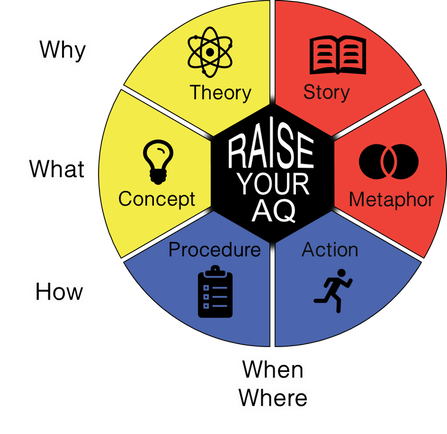
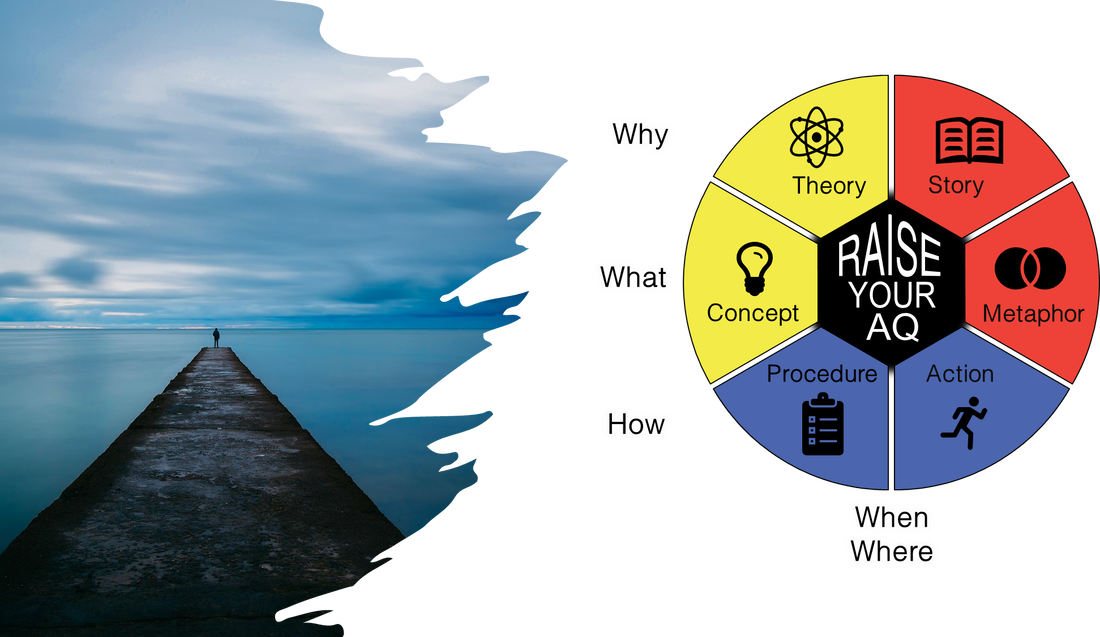

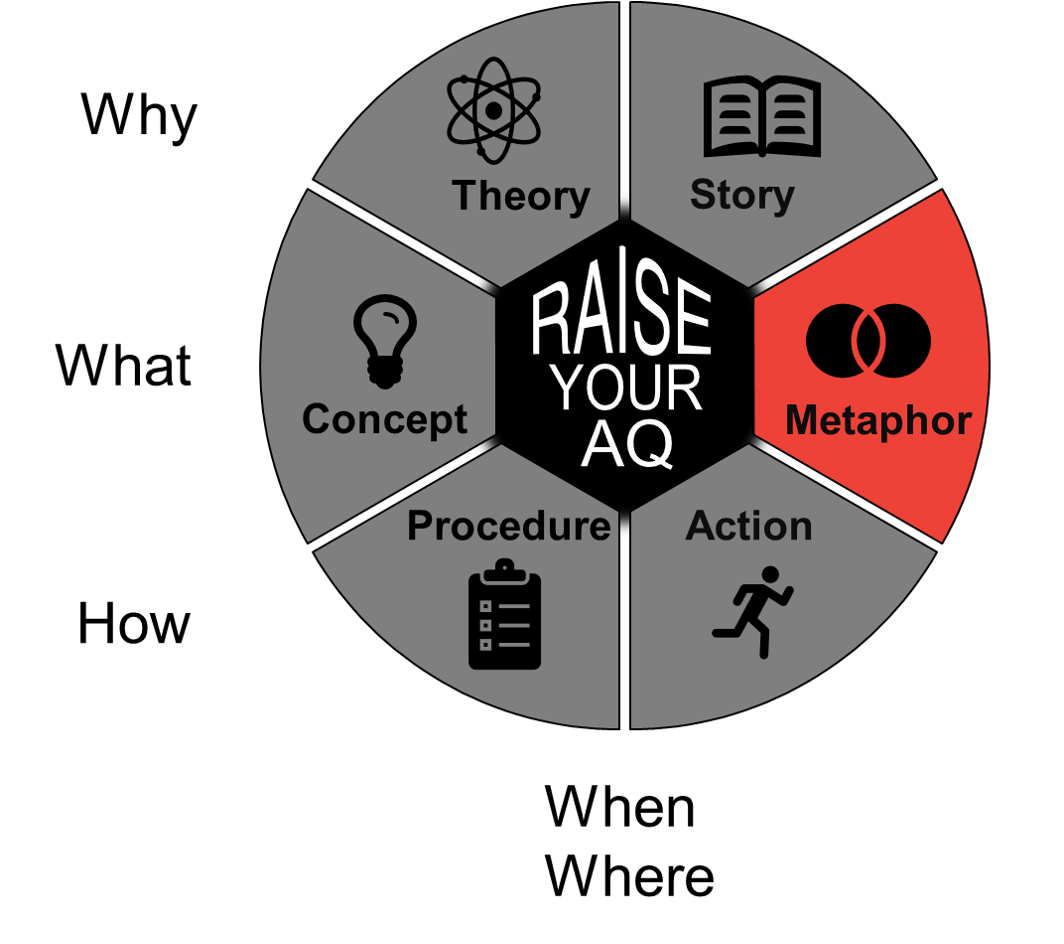
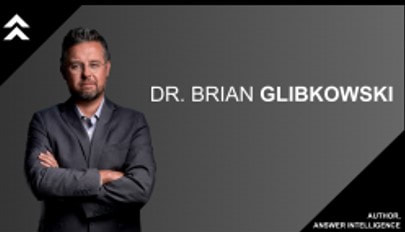
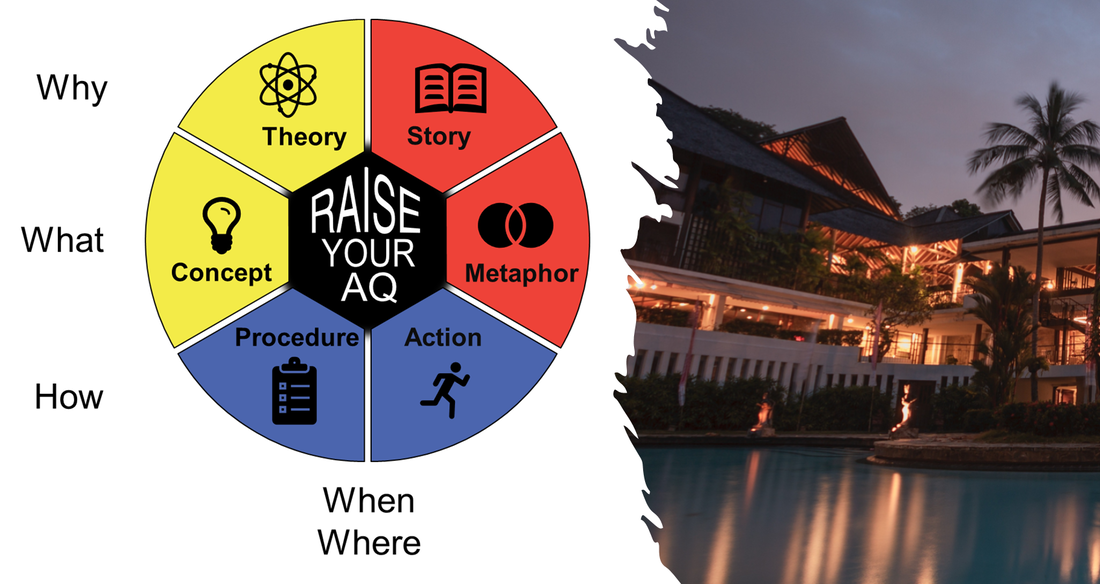
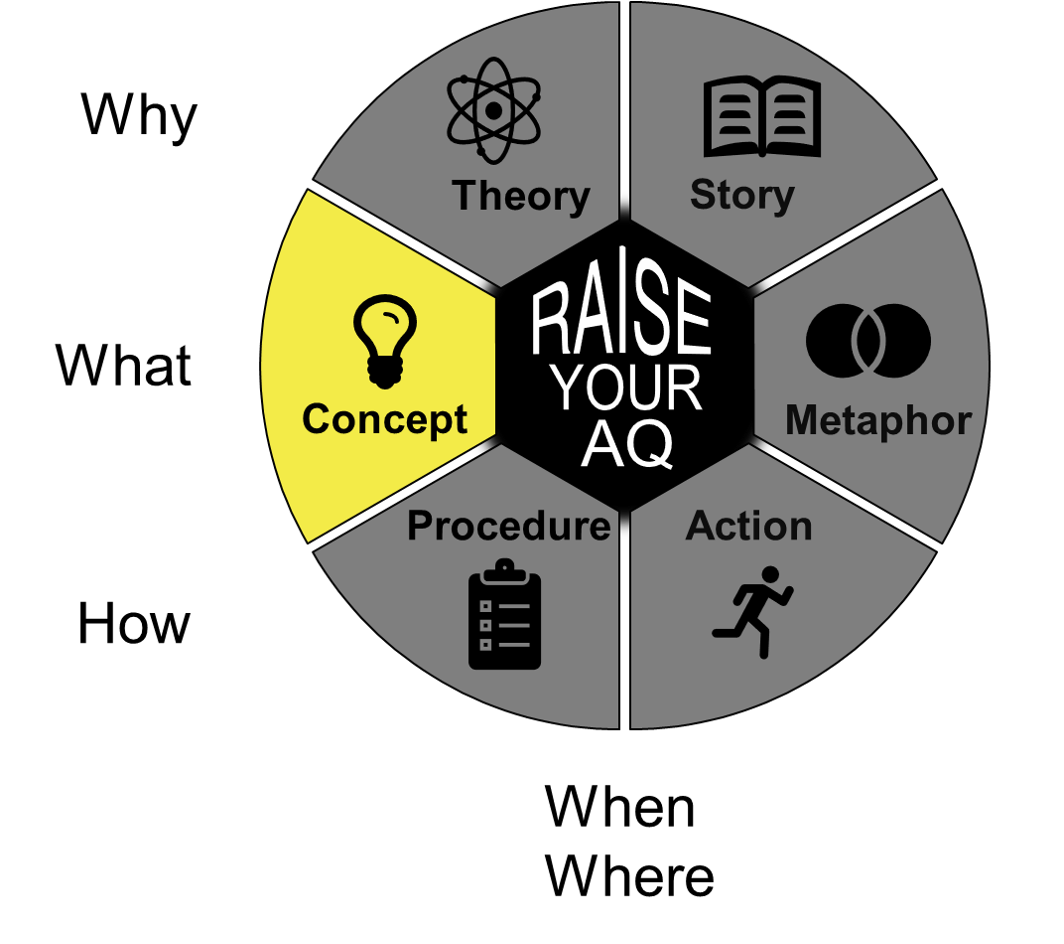
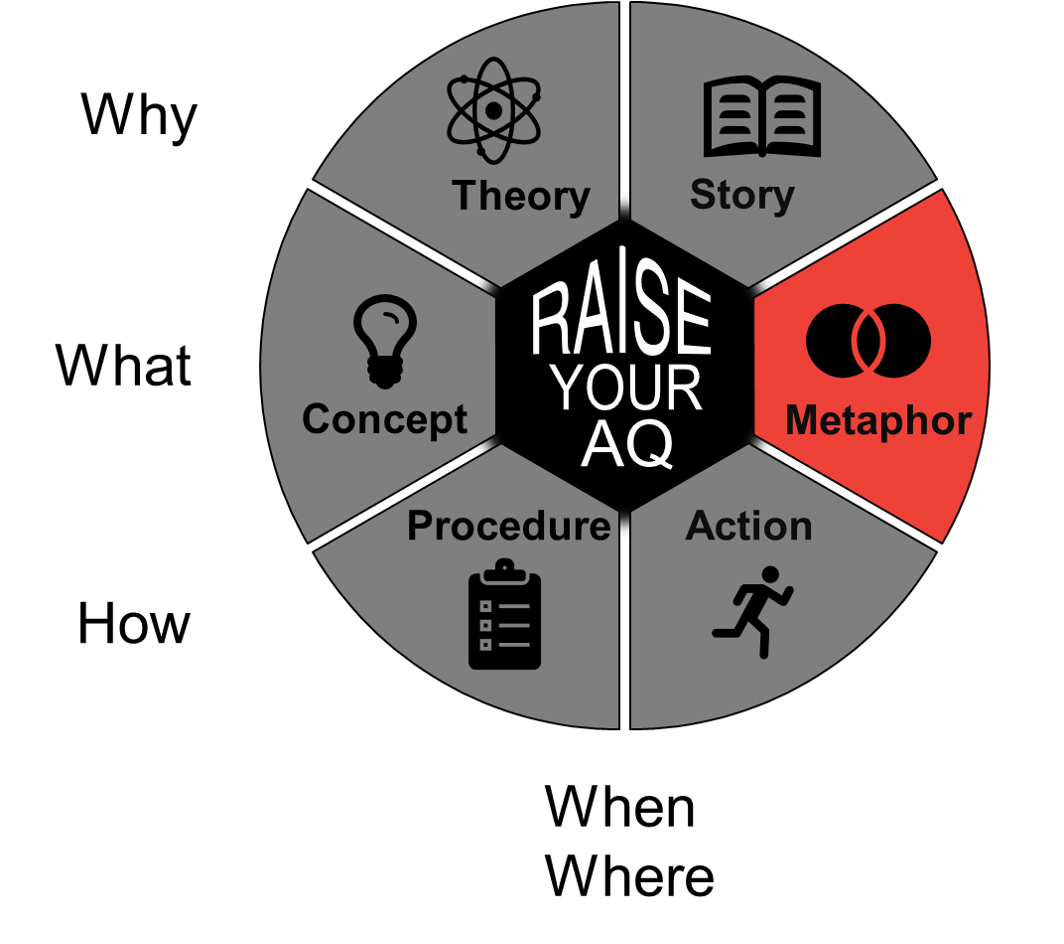
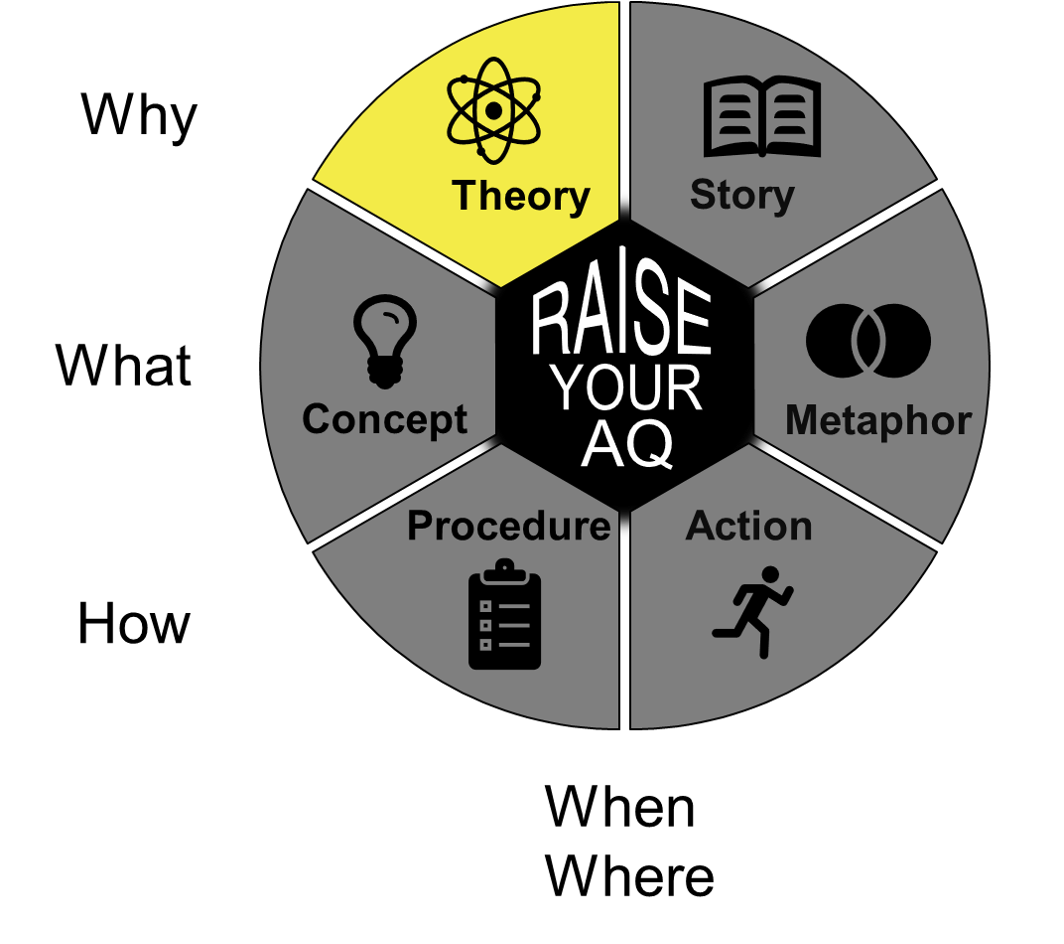
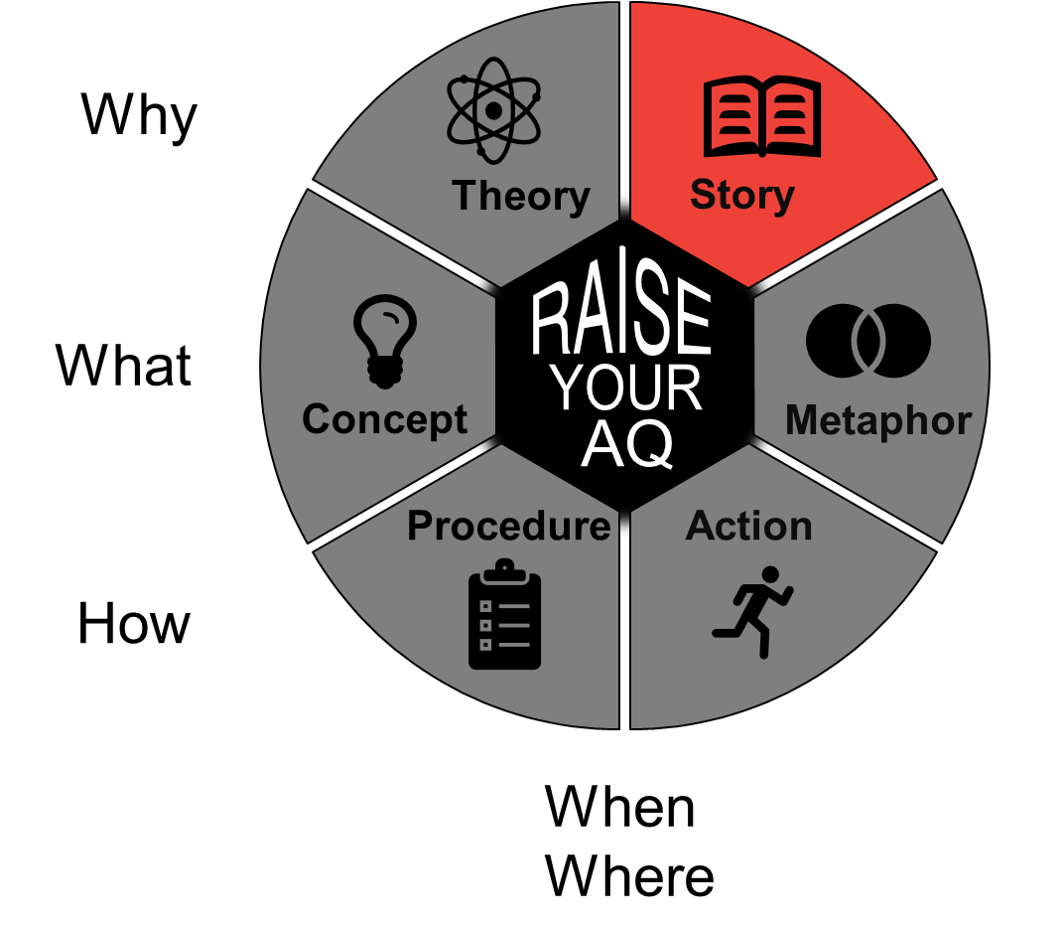

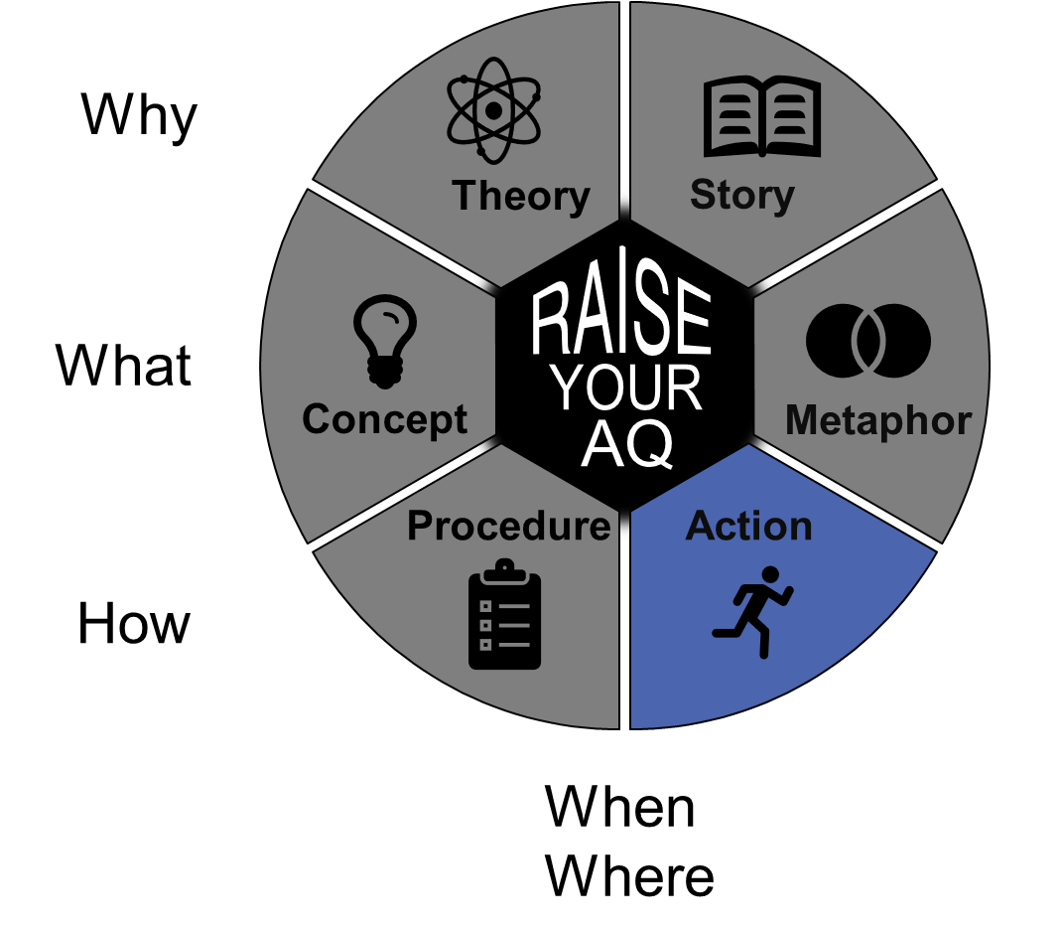
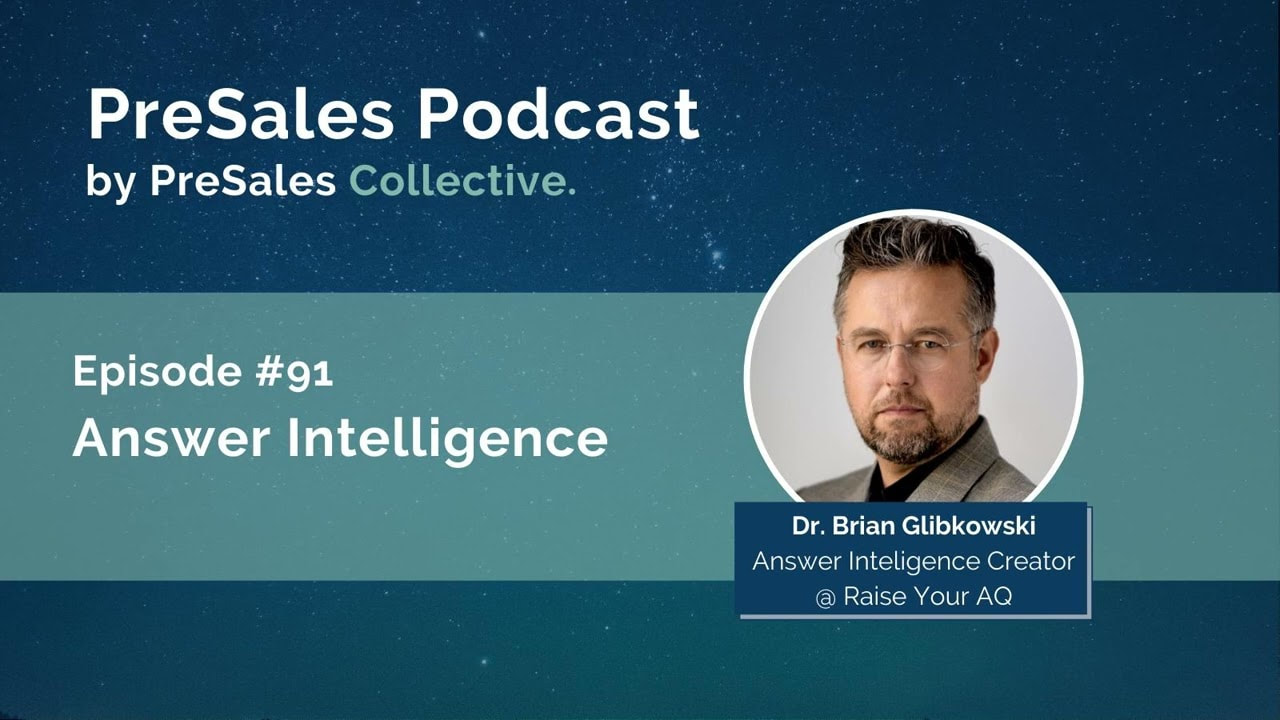
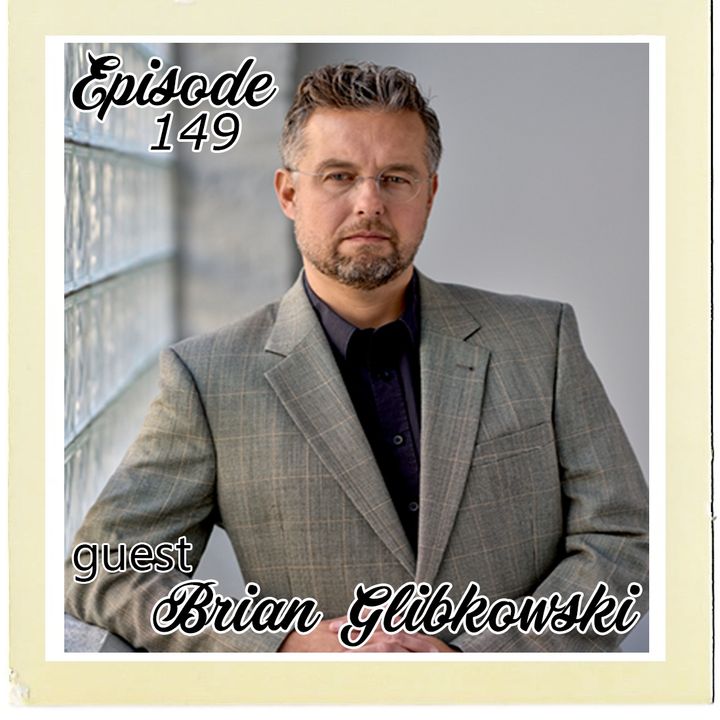
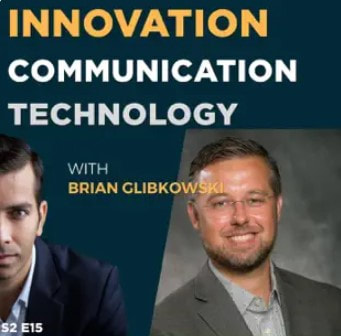
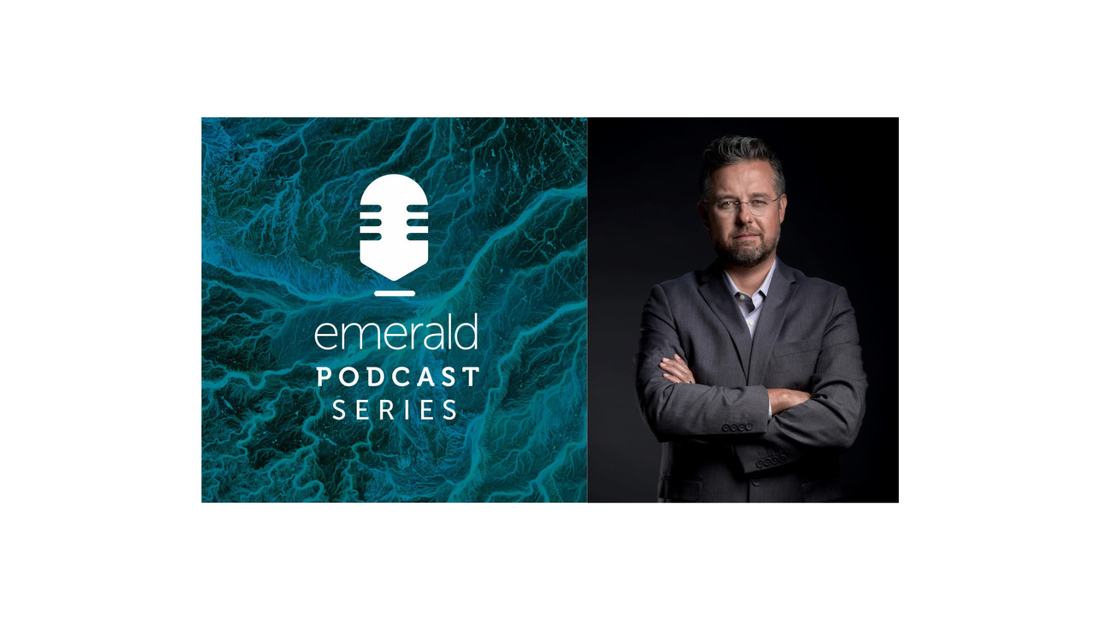
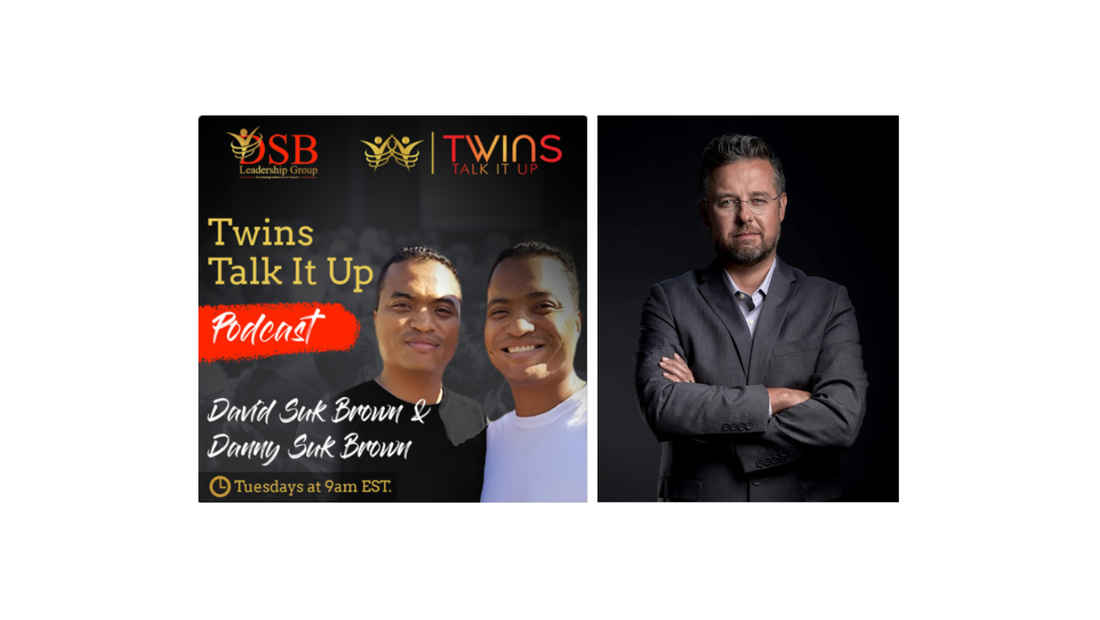


 RSS Feed
RSS Feed
